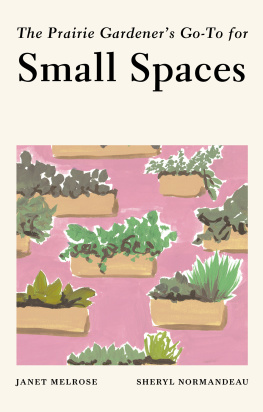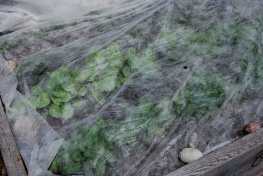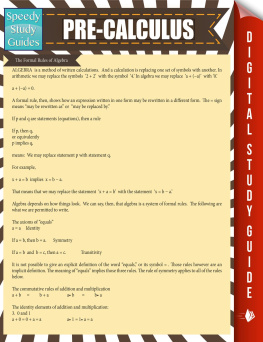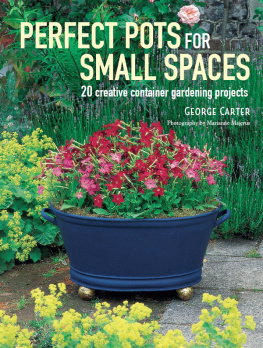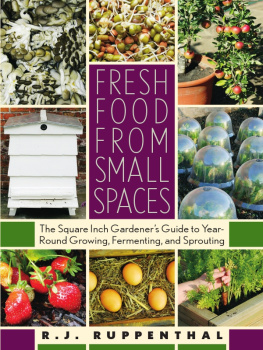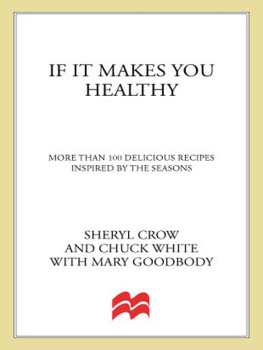Sheryl Normandeau - The Prairie gardeners go-to for small spaces
Here you can read online Sheryl Normandeau - The Prairie gardeners go-to for small spaces full text of the book (entire story) in english for free. Download pdf and epub, get meaning, cover and reviews about this ebook. year: 2021, genre: Children. Description of the work, (preface) as well as reviews are available. Best literature library LitArk.com created for fans of good reading and offers a wide selection of genres:
Romance novel
Science fiction
Adventure
Detective
Science
History
Home and family
Prose
Art
Politics
Computer
Non-fiction
Religion
Business
Children
Humor
Choose a favorite category and find really read worthwhile books. Enjoy immersion in the world of imagination, feel the emotions of the characters or learn something new for yourself, make an fascinating discovery.
- Book:The Prairie gardeners go-to for small spaces
- Author:
- Genre:
- Year:2021
- Rating:5 / 5
- Favourites:Add to favourites
- Your mark:
- 100
- 1
- 2
- 3
- 4
- 5
The Prairie gardeners go-to for small spaces: summary, description and annotation
We offer to read an annotation, description, summary or preface (depends on what the author of the book "The Prairie gardeners go-to for small spaces" wrote himself). If you haven't found the necessary information about the book — write in the comments, we will try to find it.
The Prairie gardeners go-to for small spaces — read online for free the complete book (whole text) full work
Below is the text of the book, divided by pages. System saving the place of the last page read, allows you to conveniently read the book "The Prairie gardeners go-to for small spaces" online for free, without having to search again every time where you left off. Put a bookmark, and you can go to the page where you finished reading at any time.
Font size:
Interval:
Bookmark:


Copyright 2021 by Janet Melrose and Sheryl Normandeau
All rights reserved. No part of this publication may be reproduced, stored in a retrieval system, or transmitted in any form or by any means, electronic, mechanical, photocopying, recording, or otherwise, without the prior written permission of the publisher. For more information, contact the publisher at:
TouchWood Editions
touchwoodeditions.com
The information in this book is true and complete to the best of the authors knowledge. All recommendations are made without guarantee on the part of the authors or the publisher.
Copy edited by Paula Marchese
Design and illustration by Tree Abraham
Photos by Janet Melrose and Sheryl Normandeau
CATALOGUING DATA AVAILABLE FROM LIBRARY AND ARCHIVES CANADA
ISBN 9781771513463 (print)
ISBN 9781771513470 (electronic)
TouchWood Editions acknowledges that the land on which we live and work is within the traditional territories of the Lkwungen (Esquimalt and Songhees), Malahat, Pacheedaht, Scianew, TSou-ke and W SNE (Pauquachin, Tsartlip, Tsawout, Tseycum) peoples.
We acknowledge the financial support of the Government of Canada through the Canada Book Fund, and the province of British Columbia through the Book Publishing Tax Credit.

25 24 23 22 21 1 2 3 4 5
Dedicated to all prairie gardeners
Container
Gardens
Introduction

Let us help you get inspired about growing in small spaces!

The ethos of small-space gardening is about much more than cramming all of the plants that you have into a smaller space. To garden successfully in a small space demands a little extra gardening know-how and some specialized techniquesits not always as forgiving as when you have a big area to work with and can spread out. Every element must be in proportion to the space that you have, and your goal is to use every inch of it effectively and wisely. Sometimes it means you have to choose what to leave out, but this also means that you need to be very careful about what you keep. Our view is that successful small-space gardeners are a different breed, and what they create can be magical!
Were here to answer all of your big questions about small-space gardening and help boost your success! Whether you want to know about what types of growing media to use in containers or raised beds, how to properly fertilize and water your container plants, or how to get started in square foot gardening, weve got you covered! Were talking about the rewards of succession planting and catch cropping, and will give you valuable advice to help you build raised beds, wicking beds, and sub-irrigated planters. And, of course, were supplying lists of prairie plants for every situation. Well let you know which veggies and vines to grow vertically and what herbs and edible flowers are suitable for container growing, as well as small tree options for your postage stampsized yard and what plant selections can grow beneath these types of trees.
Learn how to make the most of all the gardening space you have!
SHERYL NORMANDEAU & JANET MELROSE

I want to buy some containers for my plants. Does the type of material they are made of matter?

Plastic is a popular and inexpensive material for containers.
There are so many kinds of containers out there, with more seemingly on the market every year!
Mankind has been using terracotta or earthenware since the paleolithic era, some 28,000 years ago. Terracotta is a baked clay used in art forms, building, and cookingand, with the advent of agriculture, as containers for plants.
While gardeners are traditionalists when it comes to terracotta, we are also ready to adapt and adopt new materials for pots once we have a chance to try them out and to decide whether they work. The result is a huge range of planters to accommodate most gardeners tastes, pocketbooks, and backs. Each choice has its own advantages as well as some drawbacks. Furthermore, selecting the right pots should also reflect the optimal environment for the plants that will be growing in them.
Clay pots have the benefit of being porous. Moisture and air can pass through the sides and are available to roots, which will grow out to the sides and be air-pruned. This encourages lateral branching and the development of a large healthy root ball. Excess moisture from heavy-handed watering can evaporate readily, though it is essential to purchase pots with existing drainage holes to avoid the potential for anaerobic conditions developing in waterlogged soils. Good-quality clay pots will have thick sides that moderate soil temperaturesa real bonus given the hugely variable temperature ranges on the prairies. Finally, the pots are heavy enough to not easily tip over. They also have that lovely earthy feel and look to them.
The weight of the pots can be a downside. Clay planters also need to be watered more frequently due to their porous nature. Made of baked earth, they are also relatively brittle, breaking more frequently than other choices. Choose high-quality clay pots over cheap ones. Because these pots, with their rolled rims and thicker sides, are formed and baked at higher temperatures, they are denser. Inexpensive clay pots have sharp sides and rims, as they are stamped by machine, rather than hand-formed. They may be made from inferior clay and baked at lower temperatures. They will chip or break readily.
Glazed terracotta planters are beautiful with interesting shapes and colours. The glaze is baked onto the outside of the planter at high temperatures, making them more durable and less permeable.
Plastic containers started appearing in the 1950s. They are inexpensive and easy to lift, due to their light weight. Shop wisely, as youll find excellent-quality plastic pots as well as inferior ones. They are often made from recycled plastics, but the materials are inert and are considered safe for growing edibles. They come in a wide variety of sizes, shapes, and colours, and most are strong and durable. Plastic pots are not porous and retain water much longer, which is a real benefit in low humidity and windy conditions.
On the other hand, the lack of porosity can result in poor soil aeration. In plastic pots, roots are not air-pruned, and will continue to grow by circling the sides of the pot, with little lateral branching occurring. This can result in root-bound plants. Since there are fewer finer roots, the uptake of nutrients and water can be affected. Overwatering will lead to anaerobic conditions given the relative lack of evaporation. Plastic pots generally have thinner sides, and the material itself does not provide much in the way of insulation against variable temperatures. Overheating or near freezing of roots can occur.
Font size:
Interval:
Bookmark:
Similar books «The Prairie gardeners go-to for small spaces»
Look at similar books to The Prairie gardeners go-to for small spaces. We have selected literature similar in name and meaning in the hope of providing readers with more options to find new, interesting, not yet read works.
Discussion, reviews of the book The Prairie gardeners go-to for small spaces and just readers' own opinions. Leave your comments, write what you think about the work, its meaning or the main characters. Specify what exactly you liked and what you didn't like, and why you think so.

